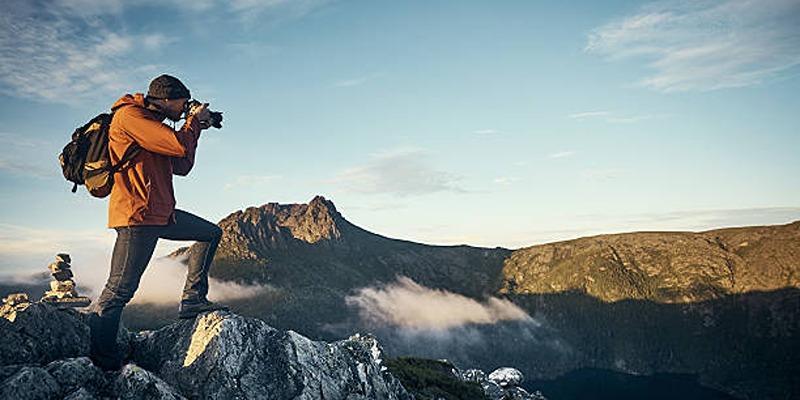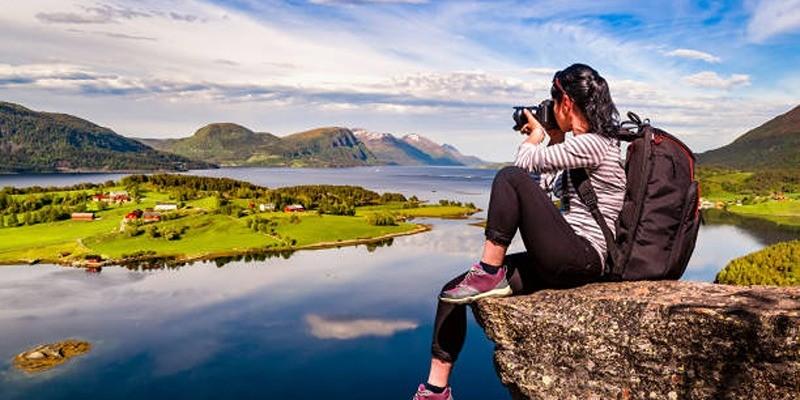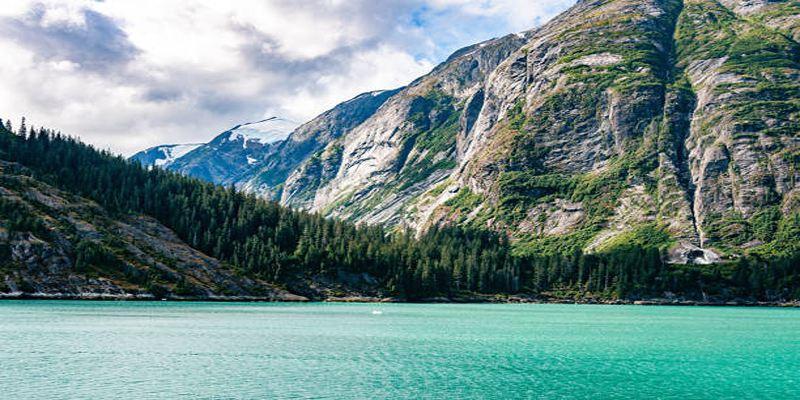One of the most effective ways to know new places, cultures and people is through traveling. And how would you better preserve them, but with beautiful photographs? Travel photography gives you a chance to capture life in a moment and share it with other people whether you are using a DSLR or a smart phone.
Why Travel Photography Matters
 Pictures narrate. One photograph is capable of depicting beauty of a sunrise, vitality of the local market, calmness of the silent seashore. Travel photography has more to it than simply making a snap shot. It makes you value information, recall your experiences and relate your exploits in a better sense.
Pictures narrate. One photograph is capable of depicting beauty of a sunrise, vitality of the local market, calmness of the silent seashore. Travel photography has more to it than simply making a snap shot. It makes you value information, recall your experiences and relate your exploits in a better sense.
Basic Photography Gear You Need
To get started with travel photography, having the right gear is essential. While you don’t need an expensive setup, a few basic items can make a big difference in the quality of your photos.
Smartphone vs. Camera
You don’t need an expensive camera to take great travel photos. Today’s smartphones come with powerful cameras that can capture high-quality images. However, if you’re serious about photography, a mirrorless or DSLR camera offers more control and better image quality.
Essential Accessories
- Tripod: A small travel tripod helps keep your camera steady, especially for night shots or landscapes.
- Extra Batteries and Memory Cards: Always carry spares. You don’t want to run out of storage or battery power in the middle of a beautiful location.
- Lens Cloth: Clean your lens regularly to avoid smudges or dust spots.
Learn the Basics of Photography
Photography is both an art and a science, and understanding its fundamentals can greatly improve your skills. By learning concepts like exposure, composition, and lighting, you can start capturing stunning images with any camera.
Understand Lighting
Lighting can make or break a photo. Natural light, especially during the "golden hour" (the first hour after sunrise and the last before sunset), adds warmth and depth to your photos. Avoid harsh noon light that creates strong shadows.
Use the Rule of Thirds
To improve your photography, try this simple tip: divide your frame into thirds using two horizontal and two vertical lines. Position your main subject at the points where the lines cross to create a visually appealing and well-balanced composition.
Keep It Steady
Shaky hands result in blurry photos. Hold your camera steady or use a tripod to avoid this. If you're using a phone, tap the screen to focus and keep your hands as still as possible.
Plan Ahead for Better Shots
Planning is key to capturing stunning photographs. By preparing in advance, you can anticipate the best lighting, angles, and locations for your shots.
Research Your Destination
Before you travel, look up photo spots in your destination. Use blogs, social media, or photo-sharing sites for inspiration. This helps you plan your shooting schedule, especially if certain places look best at sunrise or sunset.
Explore Different Angles
Don’t just take the same photo as everyone else. Try different angles—shoot from above, below, or the side. Get close to your subject or zoom out to capture the full scene. Experimentation is key to finding your style.
Capture People and Cultures Respectfully
When photographing people and cultures, it’s important to approach with sensitivity and respect. Always seek permission before taking photos of individuals and be mindful of local customs and traditions.
Ask for Permission
If you're taking photos of locals, always ask for permission with a smile or polite gesture. Some people may not want to be photographed, and it's important to respect that.
Capture Daily Life
Photos of people doing everyday activities—selling goods, cooking, or playing—add depth to your travel stories. Just make sure you're not interrupting or making anyone uncomfortable.
Tips for Different Types of Travel Photos
Capturing stunning travel photos requires understanding the nuances of different scenes and situations. Whether you're photographing landscapes, wildlife, or cityscapes, each type comes with its unique challenges and opportunities.
Landscape Photography
- Use a wide-angle lens or setting.
- Focus on the foreground, middle ground, and background for depth.
- Use leading lines like roads or rivers to draw the viewer’s eye.
Street Photography
- Keep your camera ready.
- Blend in with the crowd and capture candid moments.
- Use black and white settings for a timeless feel.
Portrait Photography
- Focus on the eyes for emotional impact.
- Use soft lighting or shade for flattering results.
- Keep the background simple to highlight the subject.
Editing Your Travel Photos
Editing your travel photos is an essential step to enhance their quality and bring out their best features. With the right tools and techniques, you can transform your images into stunning visual stories.
Use Editing Apps
You don’t need complex software. Apps like Snapseed or Lightroom Mobile allow you to adjust brightness, contrast, and colors easily. Keep your edits natural. The goal is to enhance, not to fake.
Crop and Straighten
Make sure your horizons are straight. Crop out distracting elements to keep the focus on your subject.
Travel Photography Safety Tips
 Travel photography can be exciting, but it’s important to stay safe while exploring new places. Here are some practical tips to protect yourself and your gear:
Travel photography can be exciting, but it’s important to stay safe while exploring new places. Here are some practical tips to protect yourself and your gear:
1. Be Aware of Your Surroundings
Always stay alert, especially in crowded or unfamiliar areas. While focusing on your shot, it’s easy to lose track of what's happening around you. Keep one eye on your environment to avoid accidents or theft.
2. Don’t Show Off Expensive Equipment
If you’re carrying a professional camera or multiple lenses, try not to draw too much attention. Use a plain, unbranded camera bag instead of flashy gear that may make you a target for thieves.
3. Keep Your Gear Close
Use a secure strap for your camera, and avoid hanging it loosely from your neck or shoulder when walking through busy streets. In some places, it's safer to carry your camera in your bag until you reach the location where you'll shoot.
4. Back Up Your Photos
Store your pictures in multiple places. Carry an extra memory card or upload your photos to cloud storage whenever possible. This way, even if your camera gets lost or damaged, your memories will be safe.
5. Protect Against Weather
Use waterproof bags or covers to protect your gear from rain, dust, or sand. Always check the weather forecast before heading out to plan accordingly. If you’re shooting near the sea or desert, clean your lens and camera body regularly.
6. Respect Local Rules
Some locations may have restrictions on photography, especially in religious or government areas. Look for signs and always follow local guidelines. Breaking these rules can lead to fines or loss of equipment.
Conclusion
Travel photography is more than just taking pretty pictures. It’s about observing, connecting, and appreciating the world in new ways. By following the simple tips in this guide, you’ll start capturing images that truly reflect your travel experiences. So grab your camera, step outside, and start telling your story—one photo at a time.












